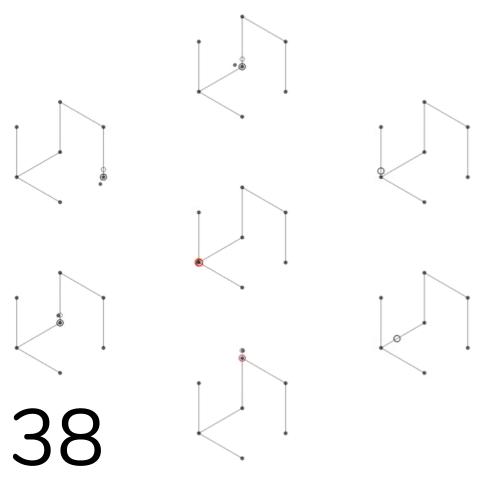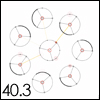Rhythm isn't the only problem, but it's a pretty big one
There is no question that performing remotely just isn't the same as being in the same space as your fellow performers and your audience. The sound of the room, the pre and post-concert conversations, everything contributes to the experience of live music. For some time now this has not been a reality, and many organisations, including universities and music classrooms across the country and world have had to turn to online learning and online performance to continue teaching and presenting music, all while keeping people safe. But this is where things are right now, and I truly hope things get back to normal sooner than later! In the meantime we find ourselves dealing with the challenges of rhythm in a not-so-latency-free-environment. Coordination becomes quite difficult, and when streaming a performance, it may not be entirely clear what the audience is actually hearing/seeing (in terms of timing). Honestly, I think the possibility for strange, or at least unintended rhythmic surprises is pretty interesting, but may not always be what we want.
While there are moments in which certain elements of these scores elicit a sense of metered time, it is more often the case that they follow a 'points in space' approach. This is based on the compositional choices made for each work, and the generative functionality of the application designed for each score. The results can sound a bit chaotic at times, but the notational approach for the vast majority of these works still requires precision playing by each player despite their respective disconnectedness from the rest of the ensemble. One way to think about it is that each member of the ensemble is a soloist, and by focusing intently on their own performance expectations, the work emerges with little collective ensemble interaction.


